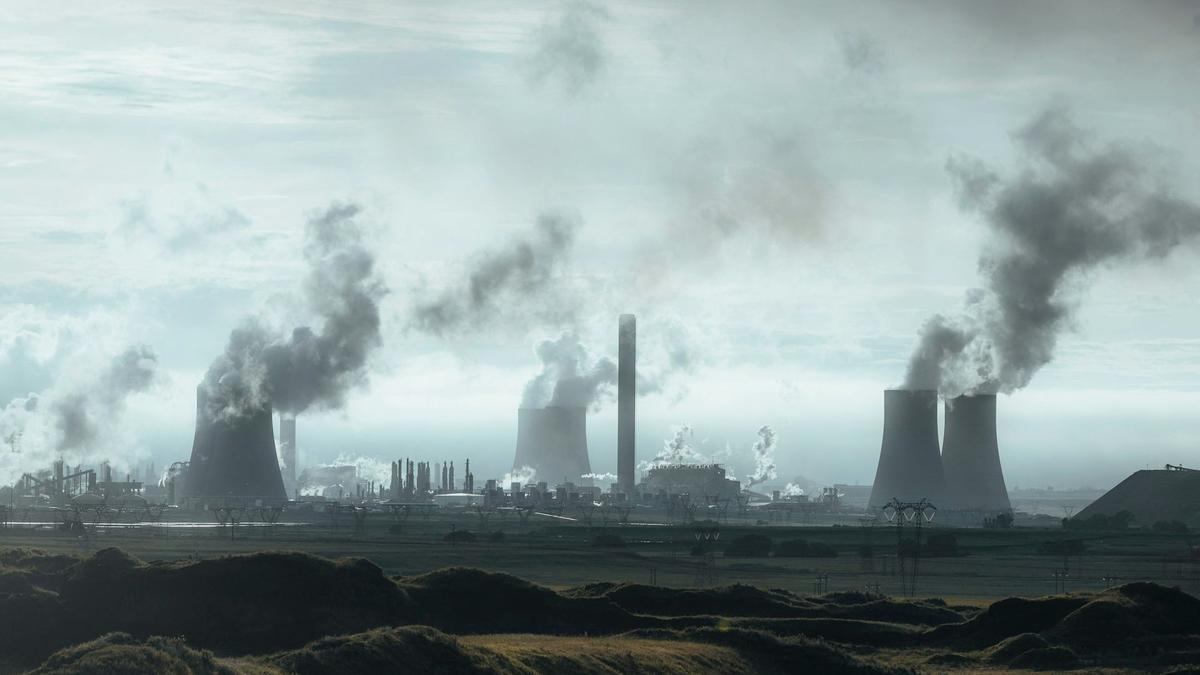
South Africa petrochem unit world’s single largest greenhouse gas source Premium
The Hindu
The Sasol Secunda facility places South Africa at a crossroads because its coal-based technology emits much more carbon dioxide emitted per tonne of product
The giant Secunda complex of Sasol, South Africa’s biggest chemicals and energy company, provides the fundamental ingredients to South Africa’s petrochemical sector. It produces petrochemicals, plastics, chemicals essential to key industries such as agriculture (fertilisers) and mining (explosives), and 30% of the country’s liquid fuels. These value chains are very important to the economy. In 2021, this output accounted for 2.6% of GDP directly and 5.2% indirectly.
Sasol also employs more than 28,000 South Africans. It makes significant contributions to corporate taxes, wages, and social investment. It sustains a whole town built specifically for its Secunda workforce.
Sasol’s Secunda facilities are rare and interesting. Firstly, they use coal rather than oil or gas as a feedstock to make petrochemicals and liquid fuels, which is unusual. Secondly, as the largest manufacturer of petrochemicals in South Africa, the facility is hugely important.
However, Secunda faces two major challenges. First, its reliance on coal as the primary feedstock makes it the world’s largest single point emitter of carbon dioxide emissions. Second, converting the existing Secunda plant to use sustainable feedstocks is not economically viable.
We are academics with extensive experience in the energy sector: one with 40 years’ experience in energy and economic regulation, and the other as a chemical engineer for 30 years at Sasol. We worked with Tristan Hahn, a climate change strategist who previously worked for Sasol for several years, and the Trade and Industrial Policy Strategies think tank to research the future of the Secunda facility.
We found that South Africa’s petrochemical sector is at a crossroads. Compared to the petrochemical industry averages, the Secunda facility’s coal-based technology results in a much higher amount of carbon dioxide emitted per ton of product.
Given the technical challenges and likely financial impossibility of converting Secunda to sustainable feedstocks at its large scale, even with technological advancements, we concluded that the Secunda facility is entering the sunset phase of its life.













